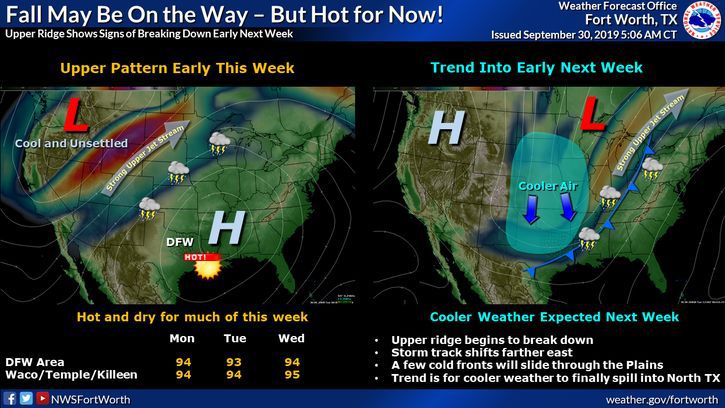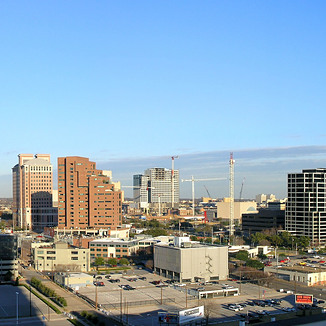

Sun-protective clothing, a long-sleeved shirt and pants, a wide-brimmed hat, and UVA and UVB-blocking sunglasses are particularly helpful in blocking UV radiation's harmful effects.Chance of precipitation represents how likely it is that rain (or other types of precipitation, such as sleet, snow, hail and drizzle) will fall from the sky at a certain time. when UV radiation is most intense keep in mind that shade structures like parasols or canopies do not provide perfect sun protection. Seek shade and minimize exposure to direct Sun in a period between 10 a.m. Note: The average daily UV index of 7 in June transform into the following instructions: A UV Index value of 6 to 7 symbolizes a high health risk from unprotected exposure to Sun's UV rays for the ordinary person. UV indexMay through August, with an average maximum UV index of 7, are months with the highest UV index. SunshineThe average sunshine in June is 10.2h. On the last day of the month, sunrise is at 6:22 am and sunset at 8:39 pm CDT. On the first day of June, sunrise is at 6:19 am and sunset at 8:30 pm. DaylightThe month with the longest days in Dallas is June, with an average of 14h and 17min of daylight. SnowfallIn Dallas, snow does not fall in March through October.


Throughout the year, there are 141.2 rainfall days, and 30.12" (765mm) of precipitation is accumulated. Rainfall In Dallas, Texas, during June, the rain falls for 13.1 days and regularly aggregates up to 2.76" (70mm) of precipitation. HumidityThe average relative humidity in June is 66%. When heat gain exceeds the level the body can remove, body temperature begins to rise, and heat-related illnesses and disorders may develop. Under high air temperature and humidity (high heat index) conditions, perspiration is limited, and the perception of heat is increased. The human body normally cools itself by perspiration, as evaporated sweat carries heat away from the body. Thirst is a late sign of dehydration - it is vital to remain hydrated, particularly during prolonged physical activities. Children are often less aware of the need to rest and re-hydrate. Heat index values are particularly important for children. Bear in mind that direct sunshine exposure increases weather impact, and may raise heat index by up to 15 Fahrenheit (8 Celsius) degrees. This effect is subjective, depending on the activity and individual's heat perception influenced by various reasons (differences in body mass, height, and shape, wind, pregnancy). Note: The heat index, also known as 'felt air temperature', 'feels like', 'apparent temperature', or 'real feel', is a measure that combines air temperature and relative humidity into a single value that indicates how hot the weather feels. Exposure to direct sunshine can increase heat index values by up to 15 Fahrenheit (8 Celsius) degrees. Take into consideration that the heat index values are calculated for shade and light wind conditions. Sustained activity may result in heatstroke. Take extra precautions, as heat cramps and heat exhaustion are possible. Heat indexIn June, the average heat index is evaluated at a scorching 107.6☏ (42☌).

The average low-temperature, in Dallas, is 73.9☏ (23.3☌). TemperatureIn June, the average high-temperature rises from a warm 82☏ (27.8☌) in May to a tropical 91.2☏ (32.9☌). June, the first month of the summer in Dallas, is a hot month, with an average temperature fluctuating between 73.9☏ (23.3☌) and 91.2☏ (32.9☌).


 0 kommentar(er)
0 kommentar(er)
